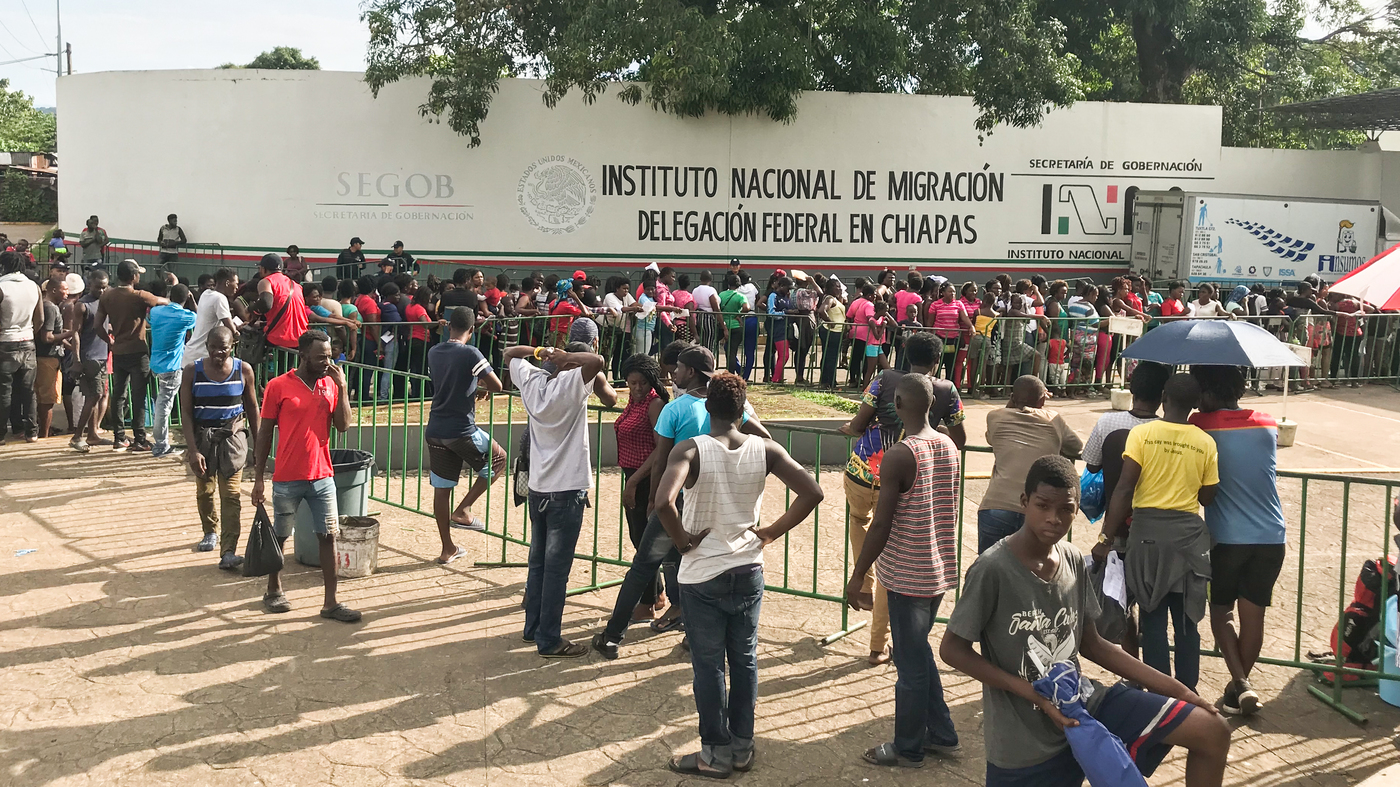RIO DE JANEIRO, BRAZIL – Over the years, Mexico has not only become a transitional space for thousands of Central Americans trying to reach the United States, but for many of them, it is now the final destination.
In the first quarter of 2021 alone, the Commission for Refugee Assistance in Mexico (COMAR) received 22,606 new asylum applications, a record 31% increase over the same period last year.
Read also: Check out our coverage on Mexico
However, this upward trend did not begin recently. According to the United Nations High Commissioner for Refugees (UNHCR), it is a trend that dates back to 2014.
That year, the country had to expand its asylum and integration capacity for migrants, and by 2019, the number had increased from 2,137 to 70,302 applications – a 3,000% increase.

Even though the coronavirus pandemic closed the borders for almost a year, as soon as measures were relaxed in several countries, applications began to rise again.
To understand why refugees choose to stay in Mexico, it is important first to emphasize that people are leaving their countries because of high levels of violence. “Threats, forced recruitment, extortion, sexual violence, and murder” are just some of the episodes they have to live through.
The crossing to the United States is a major complication, so Mexico keeps a large number of asylum seekers on its territory. By law, the person seeking asylum must remain in the state where they applied until the process is completed, which should take between 45 and 90 working days, according to COMAR.
But the pandemic completely changed the dynamic, and the suspension of time limits stopped, leading to reports of migrants “trapped in places where they cannot work largely due to lack of proper documentation,” NBC News reported.
UNHCR has emphasized the efforts that “Mexico is making to protect those fleeing for their lives.” The country has increased its capacity to register and process cases and excelled at sending contractors and opening new processing centers like the one in Chiapas.
“The vast majority of people come through the south, but the state that has the highest percentage of the border is Chiapas, specifically the Tapachula part. That’s where they apply, and, by law, they have to stay,” Andrés Ramírez Silva, head of COMAR, told foreign media.
A bottleneck has been created in this area, where 71% of asylum seekers stay.
In an interview with the Spanish news agency EFE, Marcos Tamariz, deputy head of the mission of Doctors without Borders (MSF) in Mexico, Honduras, and Guatemala, said that Mexico “is becoming an increasingly welcoming country, where we are seeing numbers that will exceed the historic record of 80,000 refugees.”
At the end of 2020, 78,600 refugees and asylum seekers from Honduras, Guatemala, and El Salvador were in Mexico, according to UNHCR’s Global Trends in Forced Displacement report. Meanwhile, COMAR reported that people from more than 78 countries have applied for asylum in Mexico.
Source: infobae

